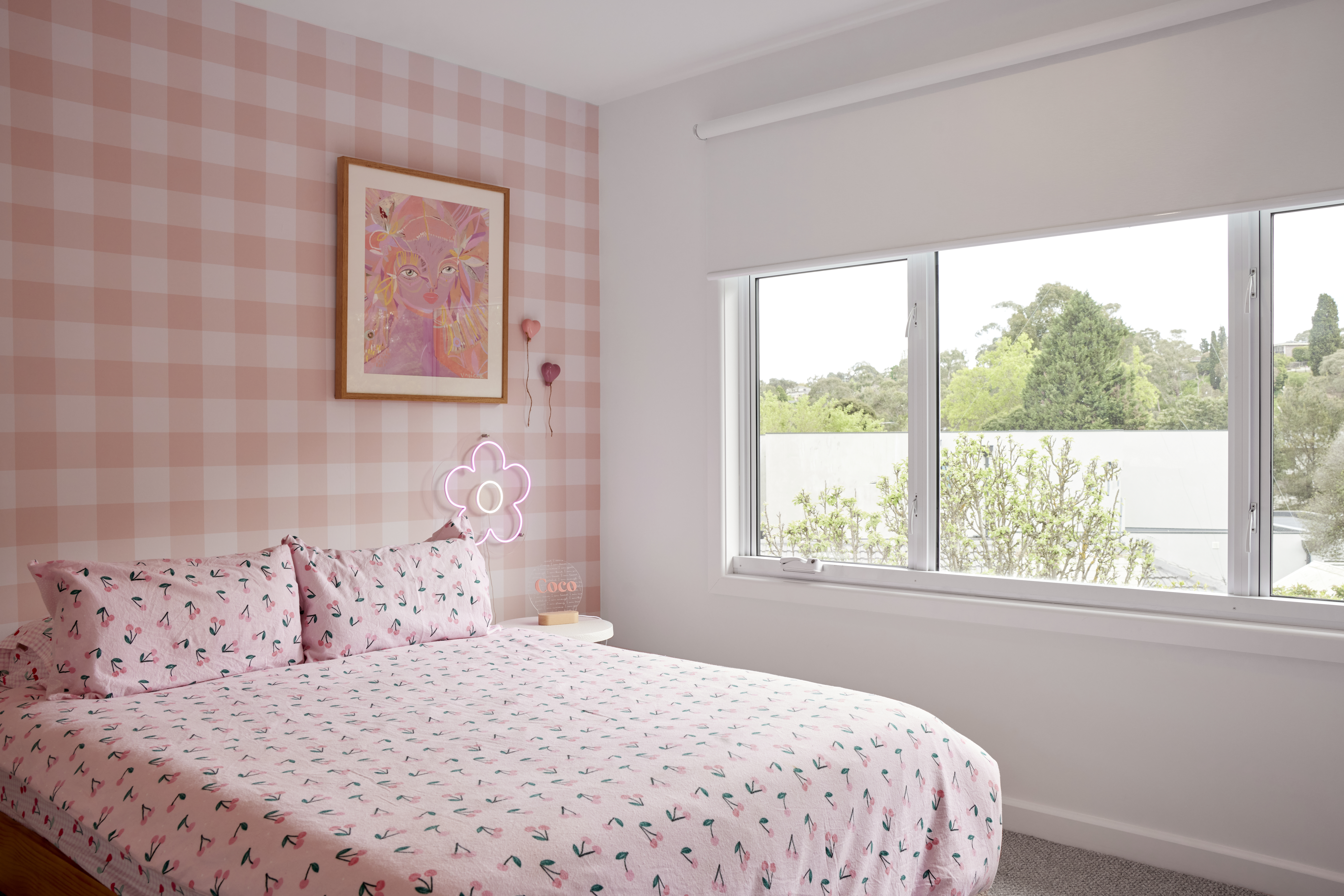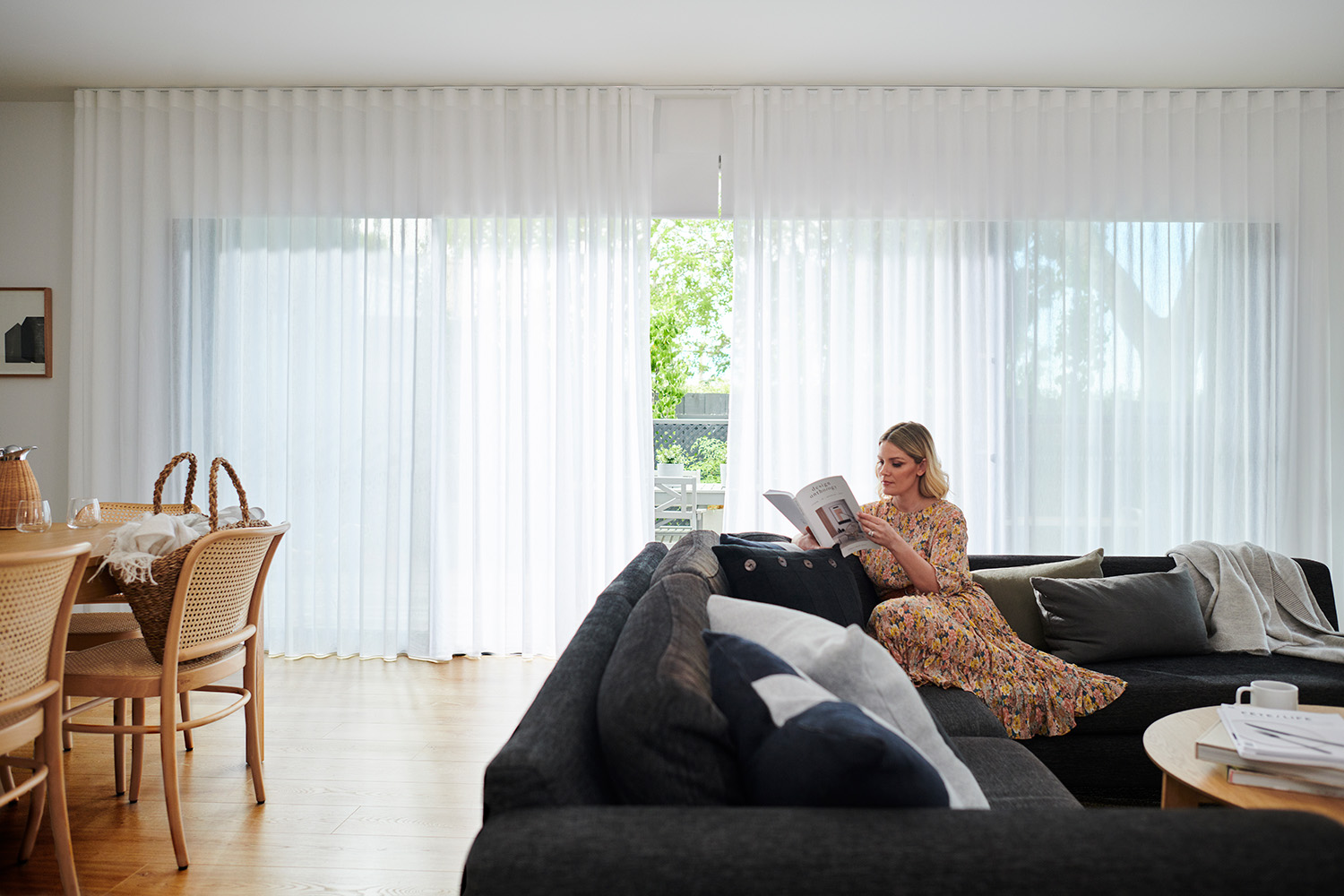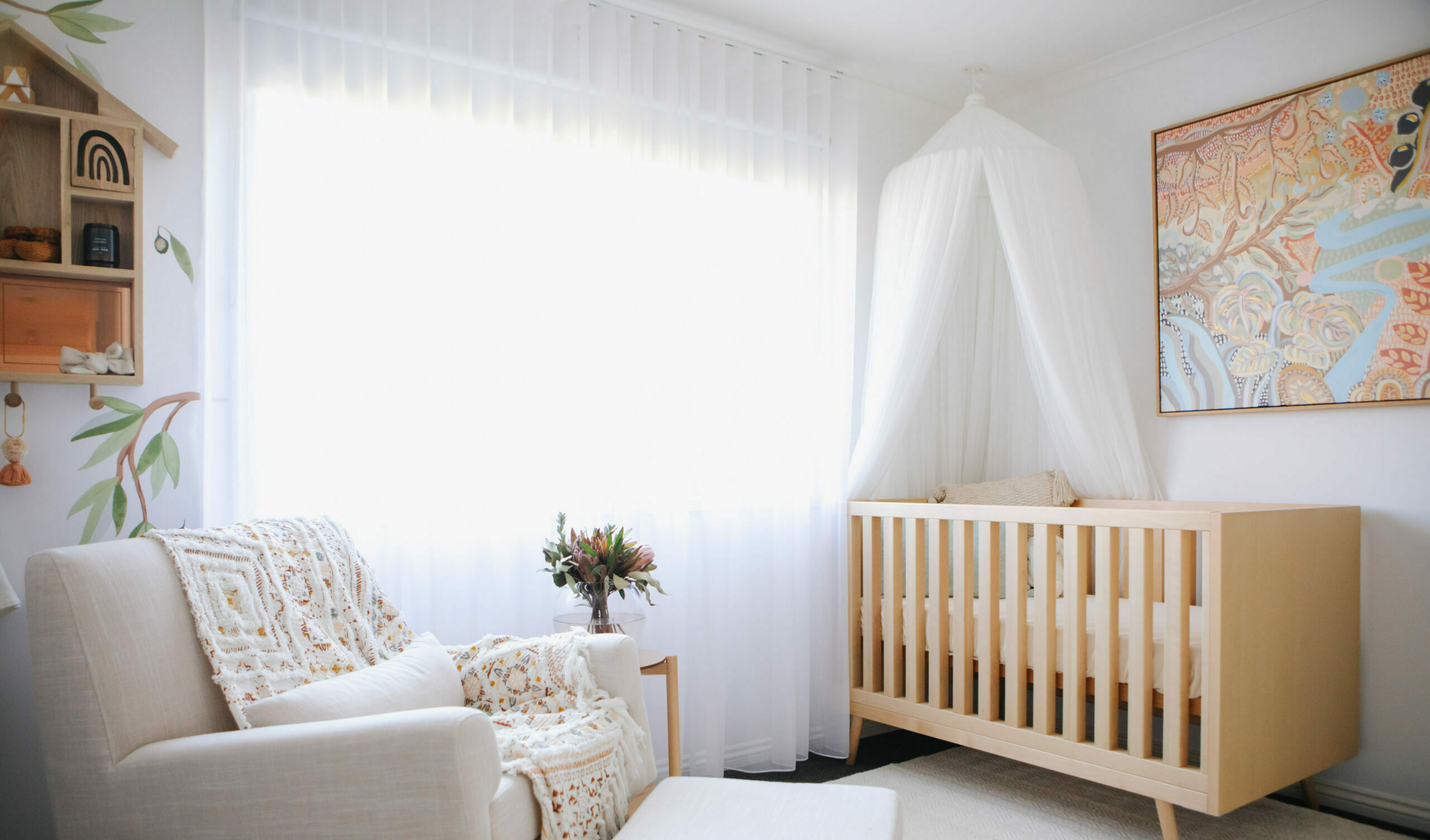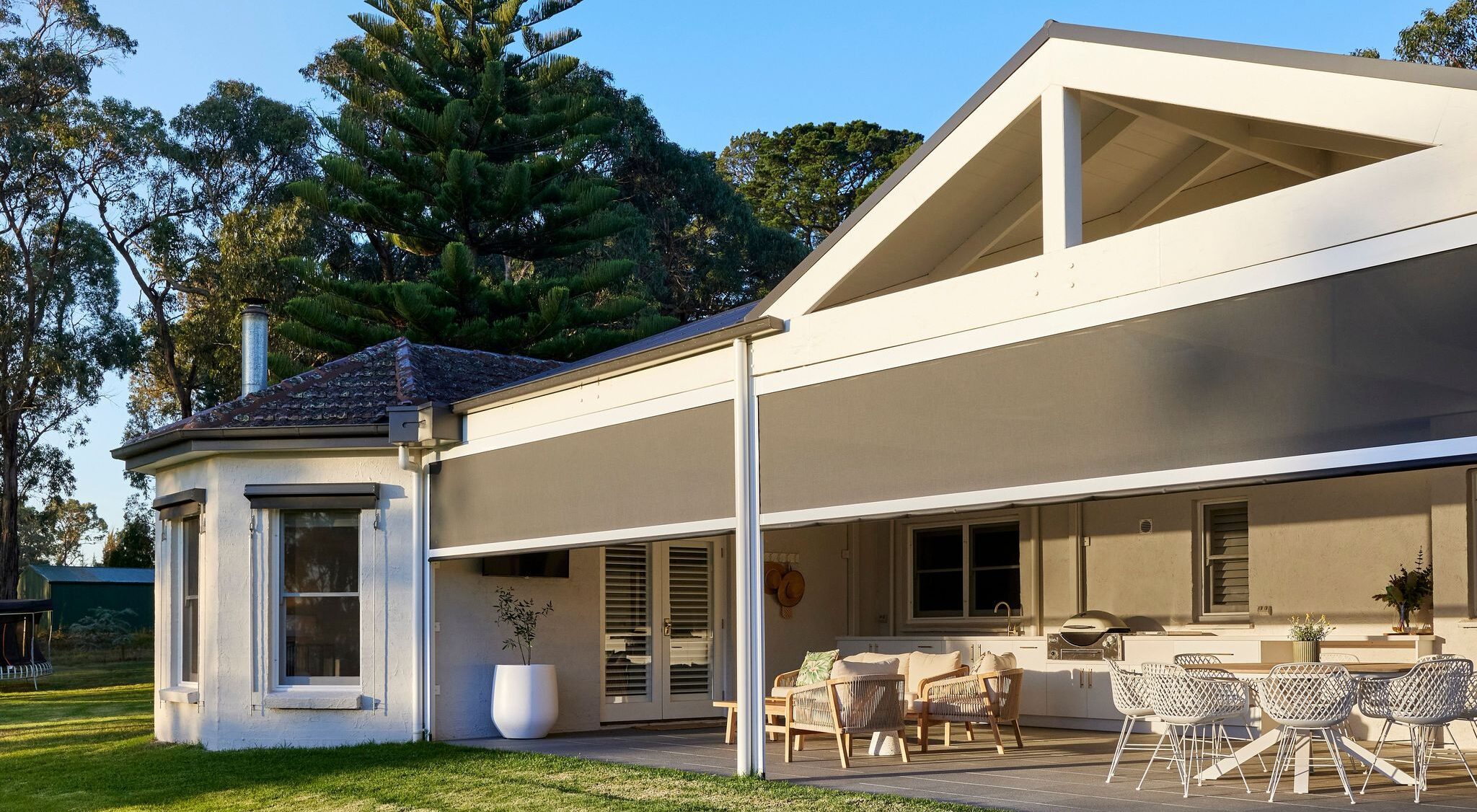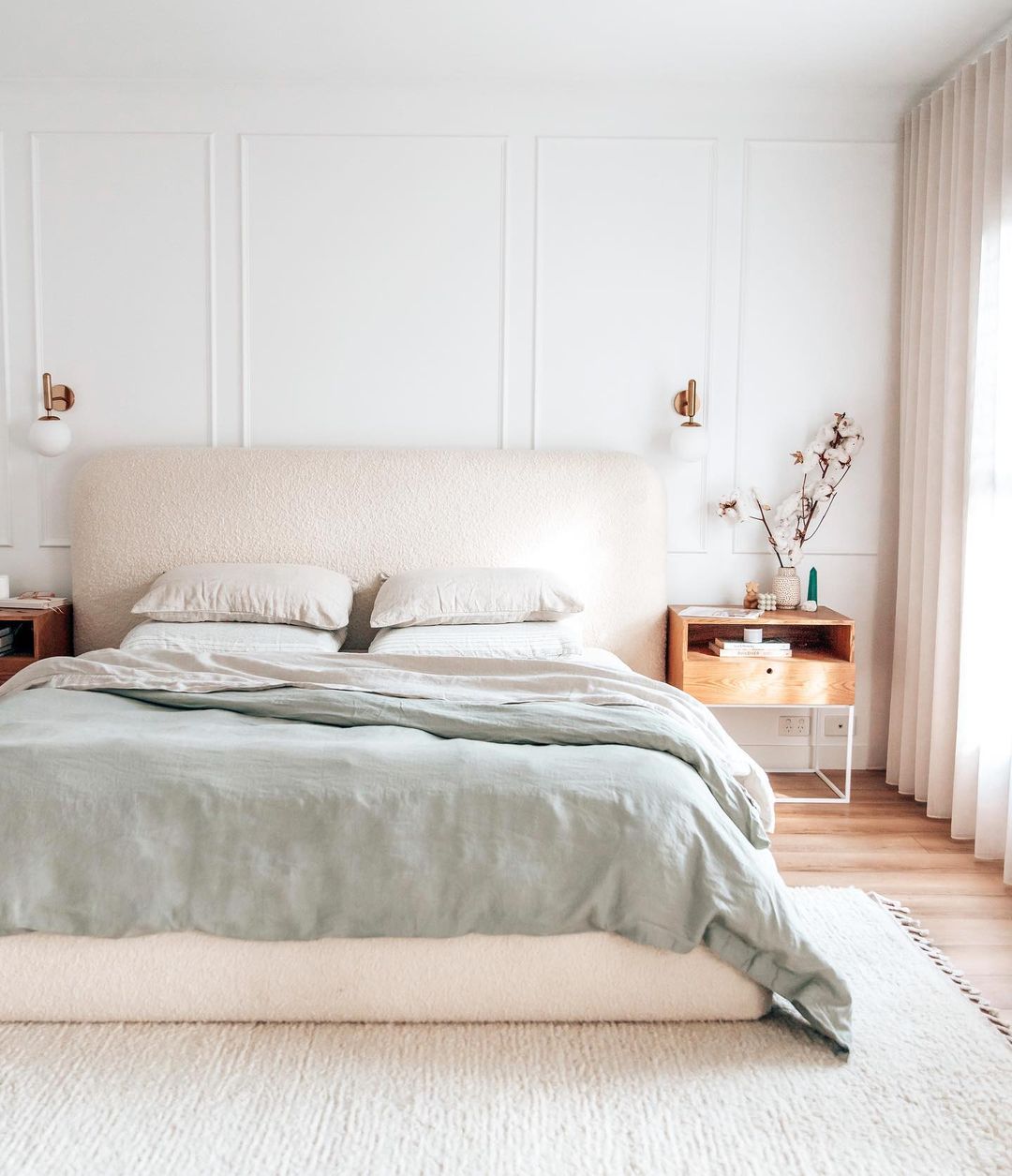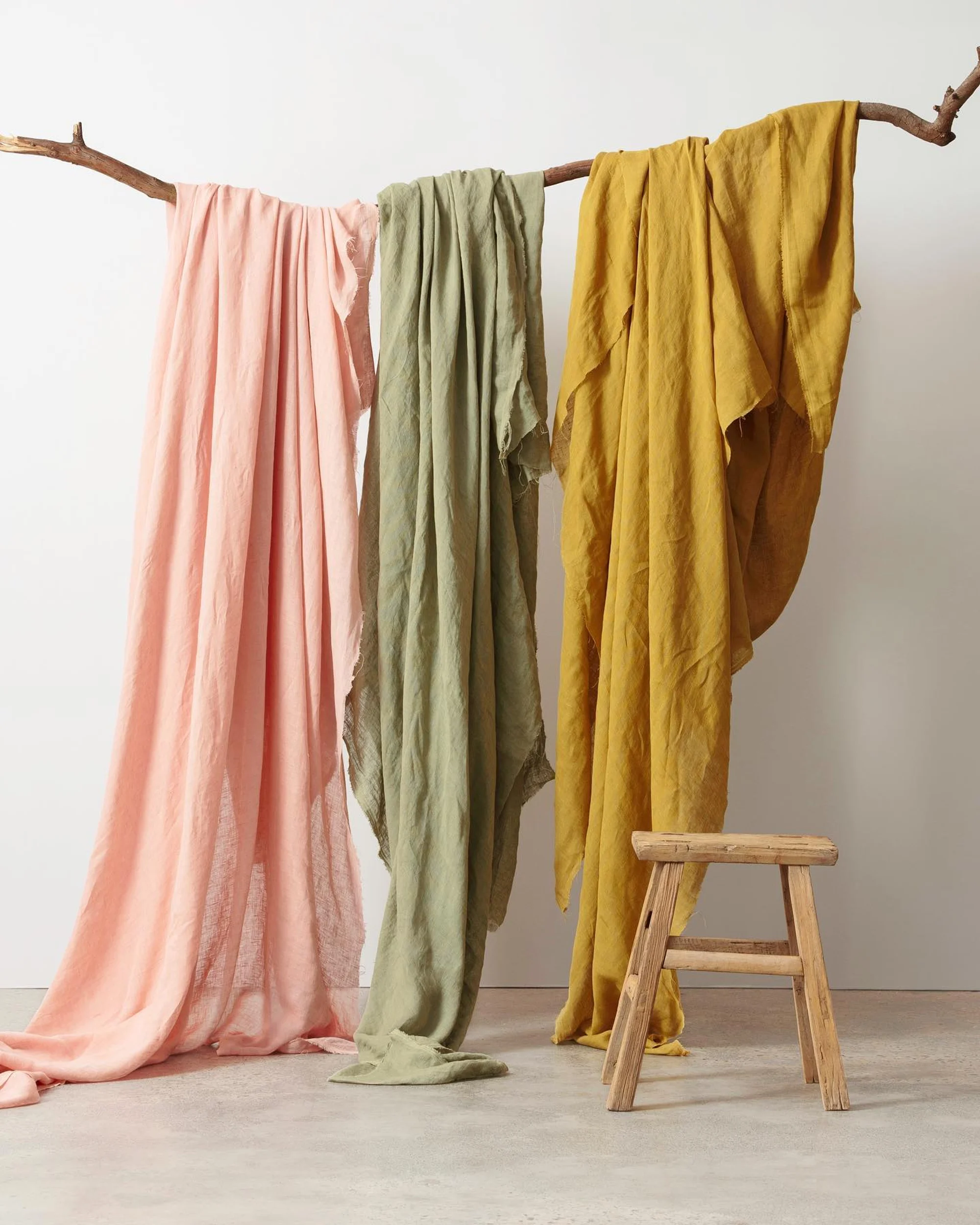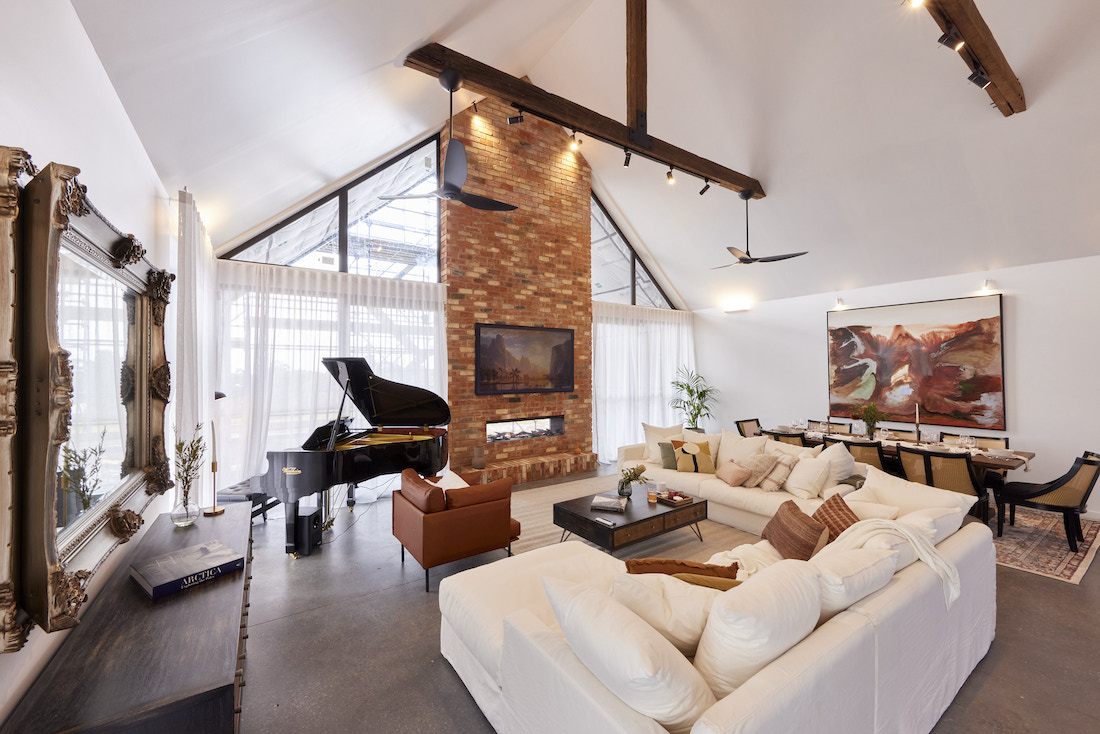History of Interior Trends.
A Short History of interior trends.
| Topic | Designer Tips |
| Photography | dc+b |
| Share | Email Facebook Pinterest |
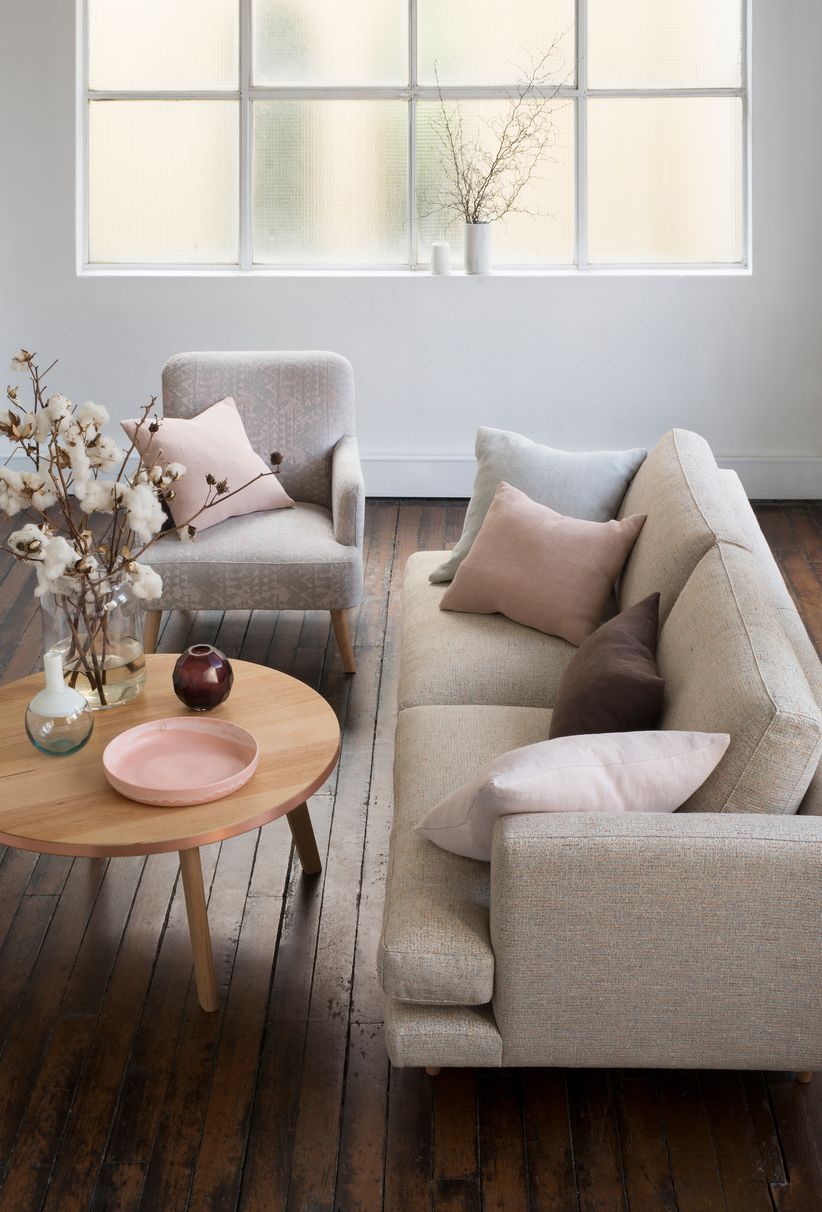
“Interior design is all about how we experience spaces and allows us to showcase our personality while creating comfortable, functional spaces that are beautiful to be in.”
— DC+B INTERIOR CONSULTANTInterior styles have changed significantly since the humble mud huts of the ancient Egyptians. Decoration for the Egyptians included simple furniture with embellishments of animal skins, murals, sculptures, and painted vases. The Roman and Greek civilisations developed this further with importance on combining beauty and comfort.
Fast forward to 2020 and beauty and comfort are still key considerations when it comes to interior design. A booming industry, interior design is all about how we experience spaces and allows us to showcase our personality while creating comfortable, functional spaces that are beautiful to be in.
Designers draw upon the signature statements of past generations and as with any past trend, they are cyclical or in some cases are still relevant year after year.
Here, we provide a snapshot of what characterised interior design through the years, complemented by a selection of fabrics from our range that embody each period.
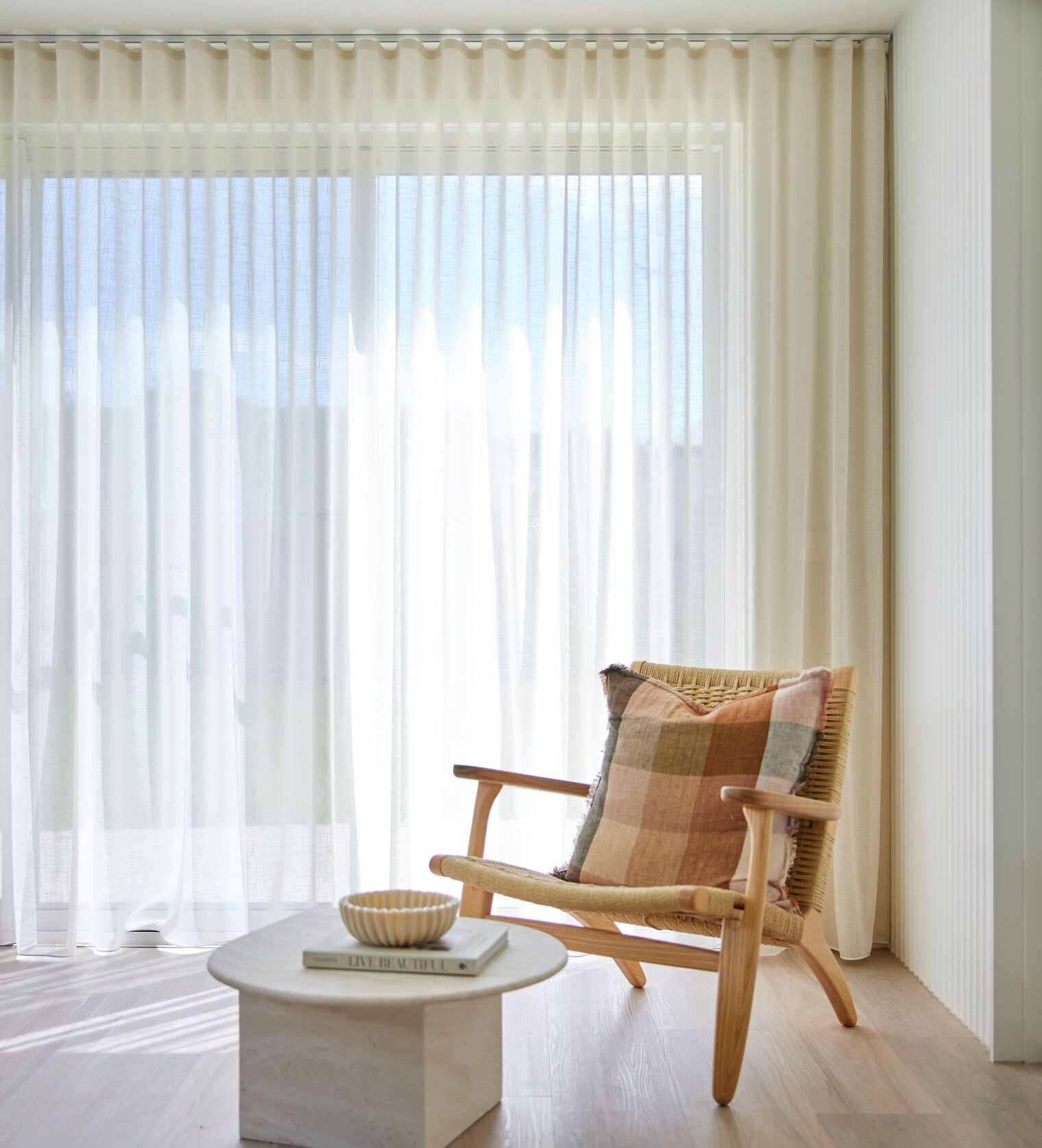
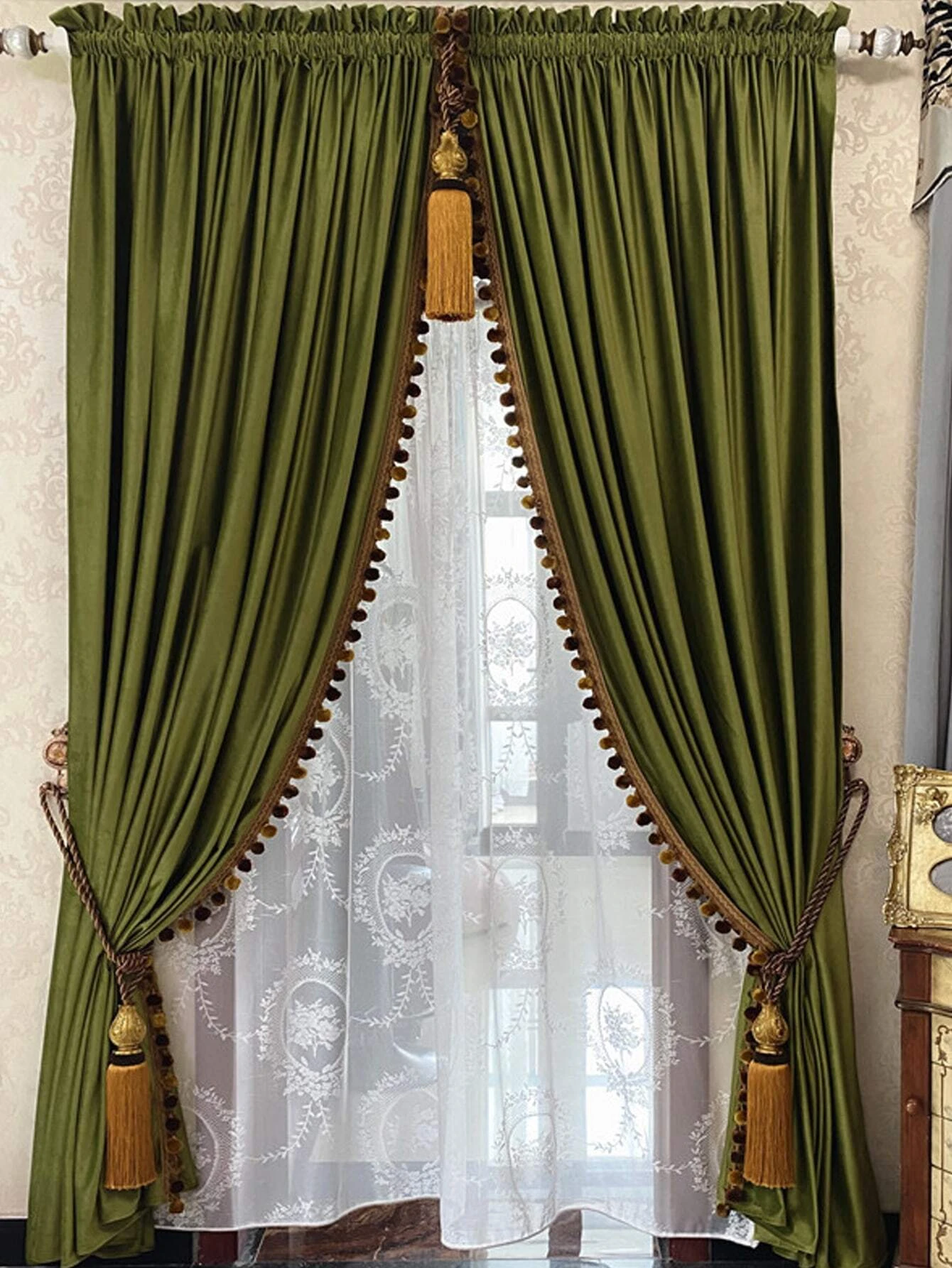
Art Nouveau.
The 1900′S Art Nouveau
A decorative and nature inspired period of design, think the Tiffany lamp. Ornamentation came from the gentle lines of curved asymmetry – motifs are drawn from floral shapes, leaves and stems, sinuous forms found only in nature. These linear rhythms can be found in pattern, architectural details and furniture. The style has a more sombre palette, drawn from nature, with green featuring heavily.
Colour:
Mustard, sage green, olive green, and brown. Team these with lilac, violet and purple, peacock blue.
Pattern:
The female form, stylized flowers, leaves, buds and seed pods, curvy lines. Wallpapers of flowers peacock feathers, birds and dragon flies. Parquet floors.
Materials:
Cast iron, and steel – the first symbol of the first industrial revolution. Ceramics, glass, concrete, exotic woods, marquetry, iridescent glass, silver and semi-precious stones stained glass panels,
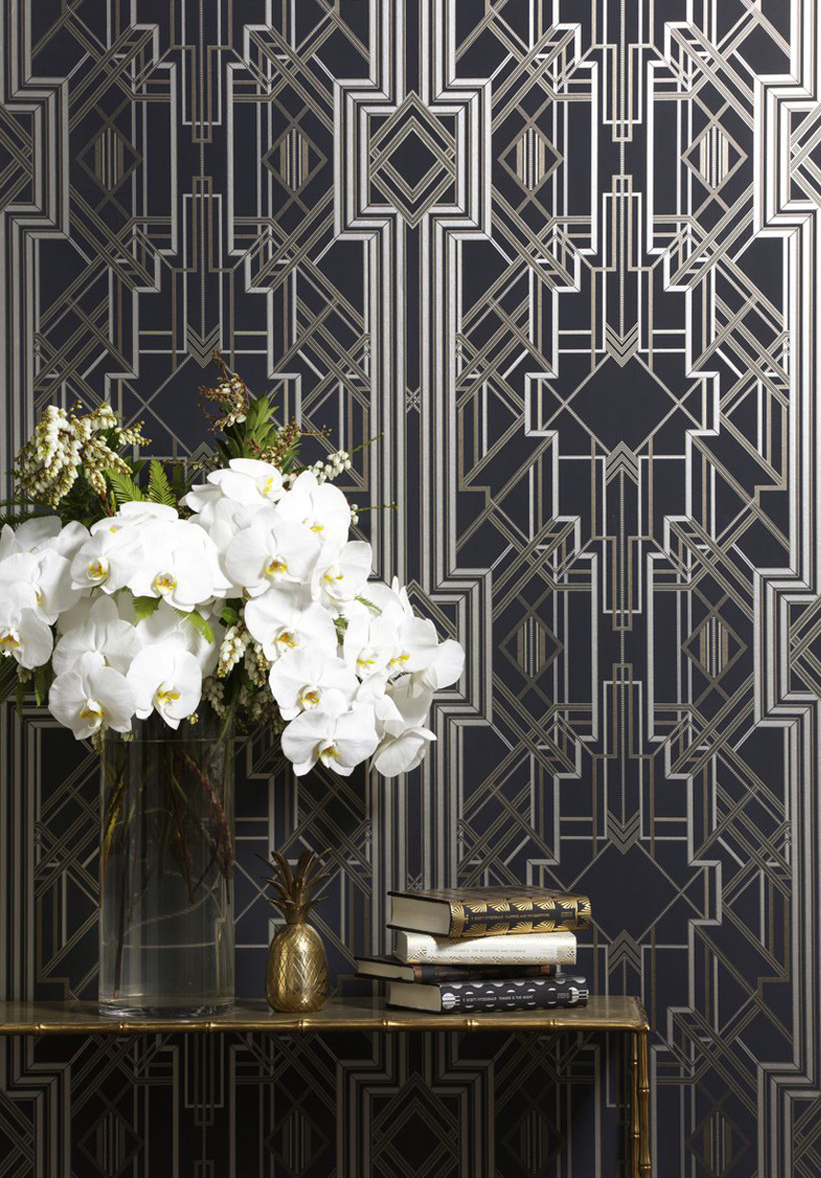
Ard Deco.
1910′S Art Dec0
A glamourous and rebellious movement that embraces modernism and continues to have value today. The geometric forms, repeating motifs and array of textures are truly distinctive of this style era. Stepped, zig zagged and radiating patterns reject the fluidity and ornamentation of Art Nouveau. Art Deco marries opulence with modernity where you will find reeding and fluting details and striking contrasts in palette with silver and gold against black and cream.
Colour:
Gold, black, cream, tan, brown, silver, jewel reds blues and greens, pale pink. Metallic finishes feature heavily with chrome a favourite.
Pattern:
Geometrics, curvilinear and arching motifs, sharply defined outlines in zig zags and stepped repeats, animal skins and prints bring in luxury and tactility.
Materials:
Lacquer, plastic, polished woods including burl walnut, Zebrano and Macassar, marble, metals including chrome, aluminium and bronze. Metallic yarns appear in fabrics, silk and velvet are popular.
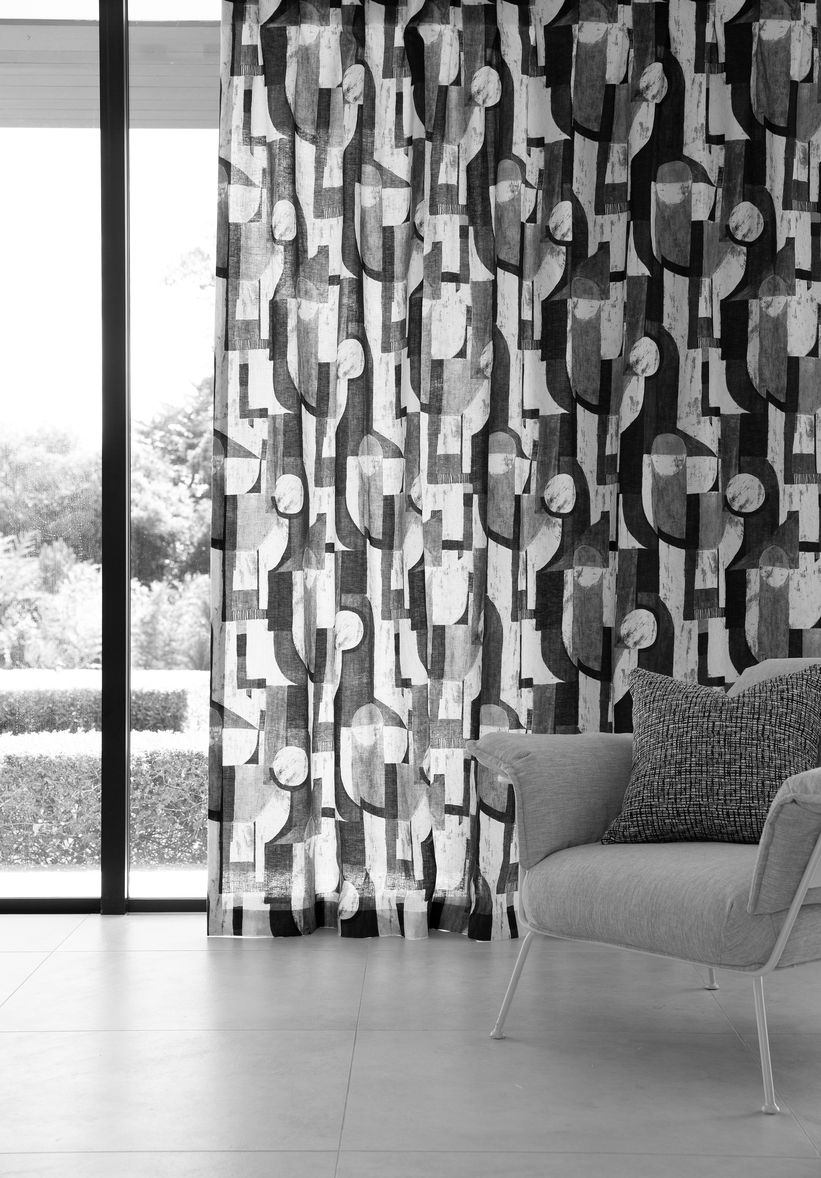
Bauhaus.
1920’S Bauhaus
The interior design of this era was innovative and sleek with a focus on form, function and simplicity. The Bauhaus art school aimed to connect fine arts with craftsmanship with both holding equal importance. Integrity of materials in their unadulterated form was paramount. Bauhaus is perhaps the precursor to minimalism as we came to know it later, introducing pared back spaces, open plan living, and flat pack/folding furniture.
Colour:
Primary colours become popular in both art and interiors. Blue red and yellow sitting alongside black and white.
Pattern:
Geometric forms, stripped back and unadorned architectural materials. Design embraced simple graphic shapes, creating surface patterns using squares, triangle and circles, using symmetry at its core.
Materials.
Glass, concrete and the use of tubular steel in furniture, along with plywood and plastic, leather and wicker in furnishings.
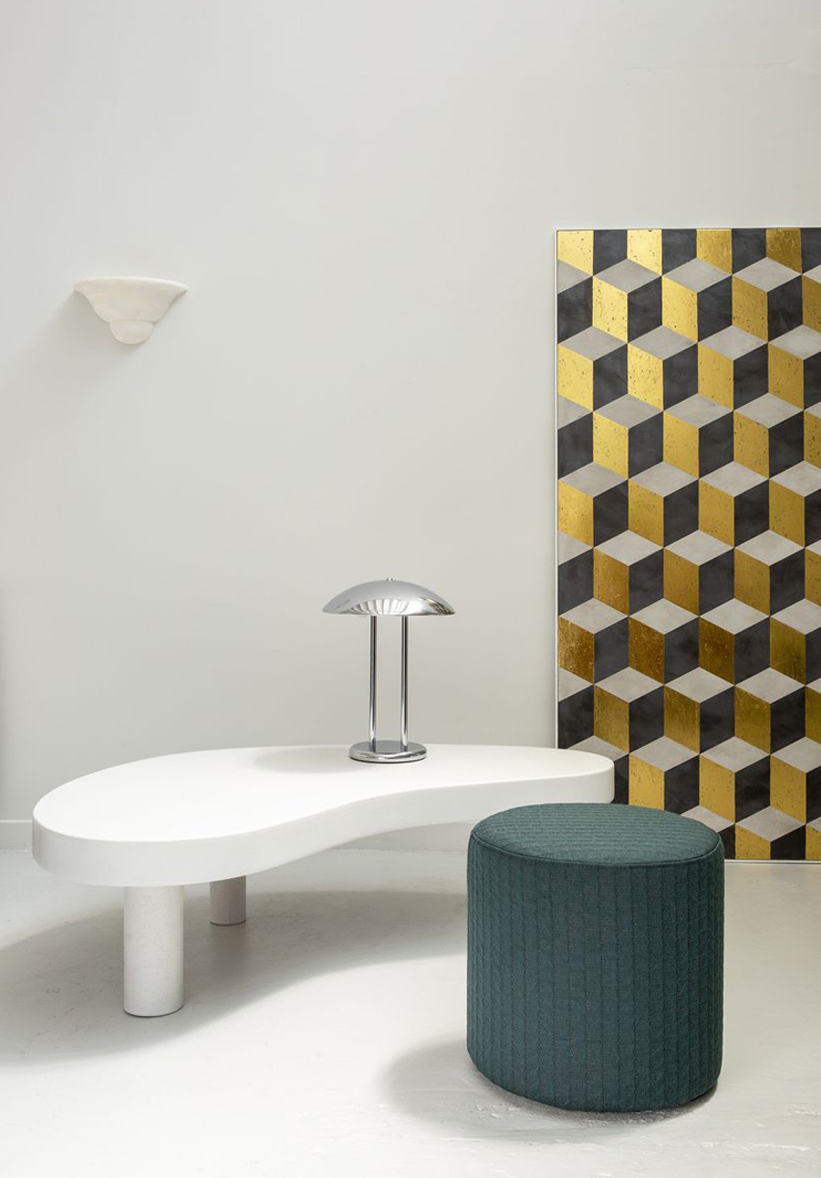
Streamline Modern.
1930′S Streamline Modern
A design aesthetic characterised by practicality and simplicity over ornateness and inspired by the technological advances in aviation and industrial machines. Aerodynamic forms prevail with long horizontal lines rounded edges, corners and openings. Think of the iconic Airstream caravan/trailer it was designed at the peak of this design period.
Colour:
Simplified colour schemes, white or a pale neutral shade is paired with a contrast colour, often blue based ocean shades like aquamarine, bottle green, powder blue, teal or navy.
Patterns:
Like the forms of the art deco eras showcasing repeating arcs, layered zig zags and fans. In architecture, liar details feature on the horizontal plain, rather than the vertical of art deco.
Materials:
Utilitarian surfaces reign – glass block walls, mirrored panelling, smooth wall surfaces, aluminium, chrome and stainless steel feature.
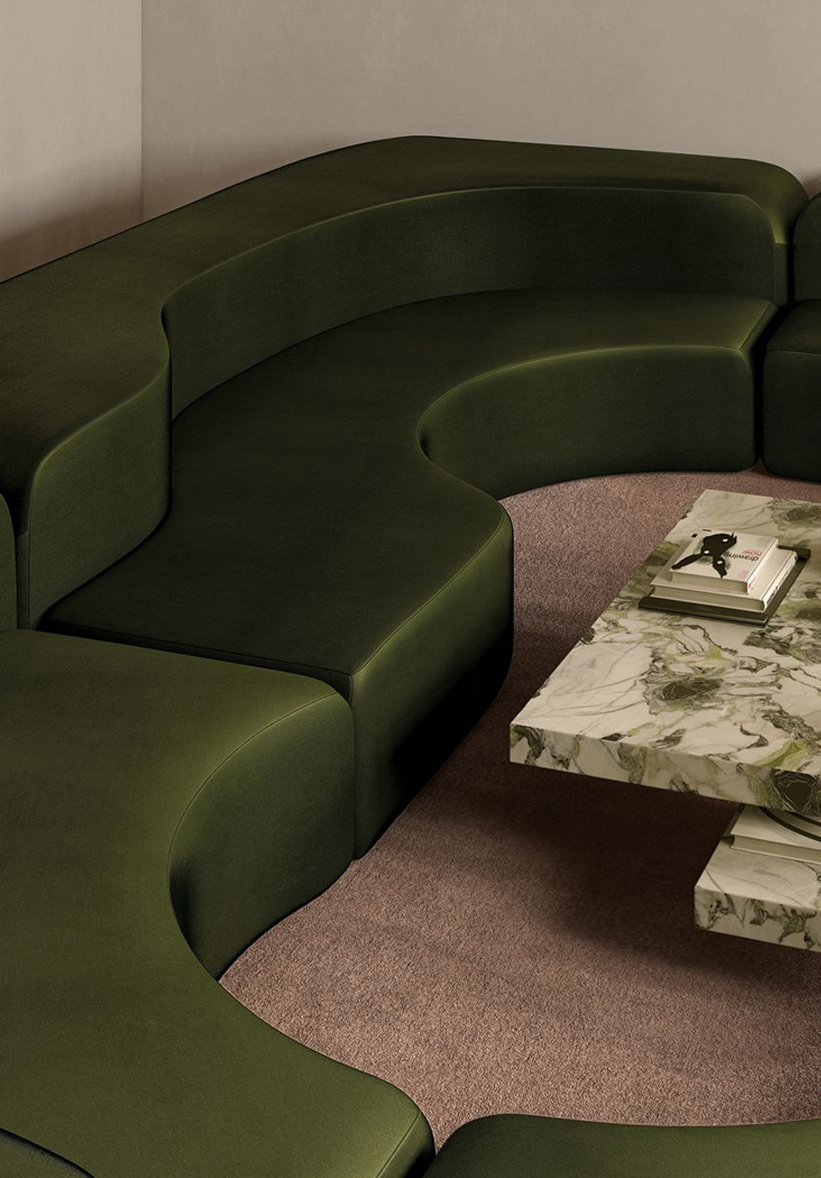
Mid-Century/Modernism.
1930’S- 1960’S Mid-Century/Modernism
Still popular today, mid-century modern is represented by the lack of ornamental features, clean lines, and embraces minimalism. Light filled, open plan interiors with a feeling of spaciousness are accented by white or neutral colour palettes and the inclusion of rich bold shades. Function wins over form, nature is brought indoors.
Patterns:
Bold, geometric forms mix with organic shapes in bold prints, pattern designs are inspired by concepts of futuristic living and the modernist art movements. Kidney and boomerang shapes are popular.
Colour:
White and nature inspired neutrals, key colours of chartreuse and grey, orange and brown, teal and pink, black and white used in combination for graphic effect.
Materials:
New materials inspire – plastic is used heavily, often in strong bright sugary colours. Plexiglass, Lucite, wood, plywood, moulded fibreglass. Popular fabric choices included deeply tactile surfaces, boucle, heavy weaves, nubby wool knits, and vinyl.
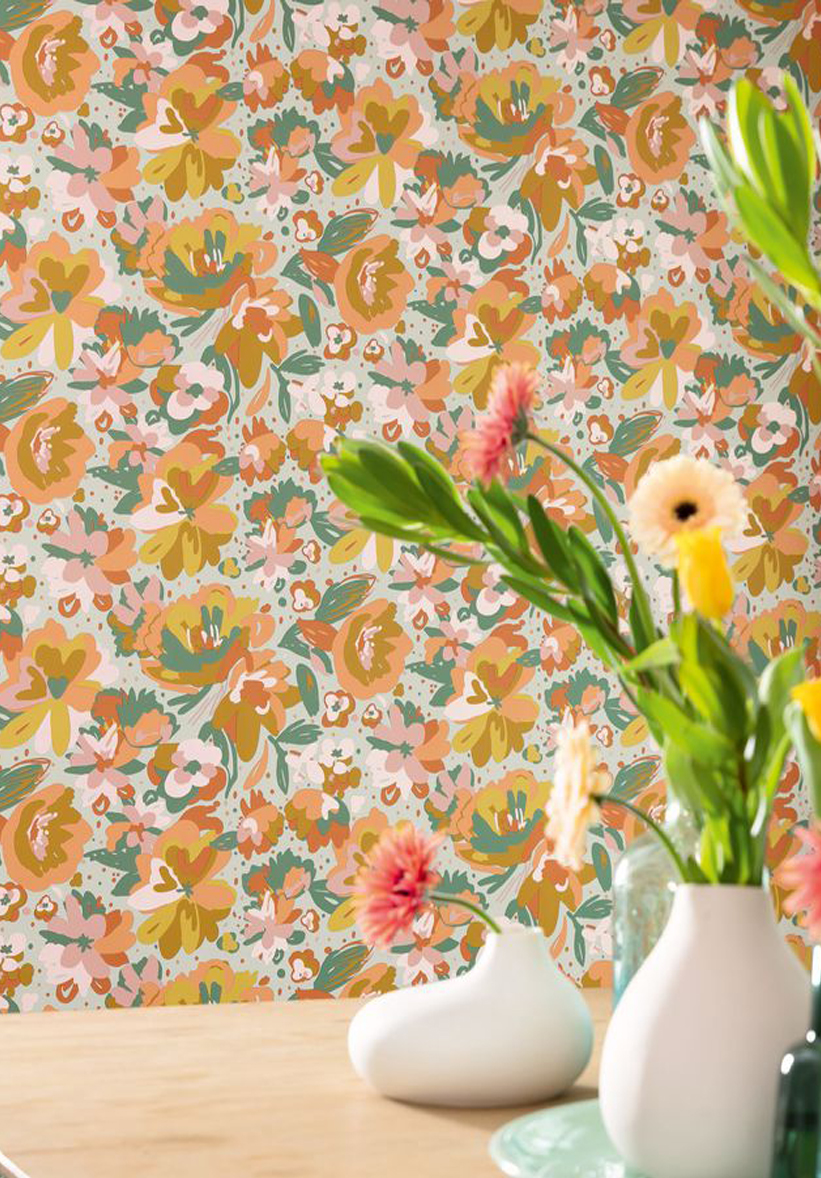
Hippy Chic.
1970′S –Yeah Baby
The 70′s aesthetic incorporates earthy colour palettes against plenty of texture, flocked and boldly patterned wallpaper and indoor plants. Patterned linoleum floors were the mark of an on trend kitchen or bathroom, crochet throws add texture, pattern on pattern, architectural features like sunken living areas and floating stairs feature, rattan furniture and macramé décor, fringing, ceramics, floral sofas, feature lighting, exposed brick, textured wall finishes, the list could go on and on, it was the more is more decade
Colour:
Brighter colours are common, yellow orange and brown are ubiquitous, but almost no combo was off limits think pink and purple, bright green and pink, blue, black and white and neon.
Pattern:
An evolution on the previous decade, patterns grew more craft inspired and a folk influence emerged via florals and organic geometrics along with wool plaid for the more traditional home. Psychedelic shapes and eye tricking repeats appeared, heavily influenced by the counter culture.
Materials:
Woods like cherry and ebony and darker more richly hued timbers were popular. Plastic, rattan, chrome, stone, bamboo, cane, wool, boucle, velvet, chenille, tiles, terrazzo, brick, marble, concrete – plenty of variety.
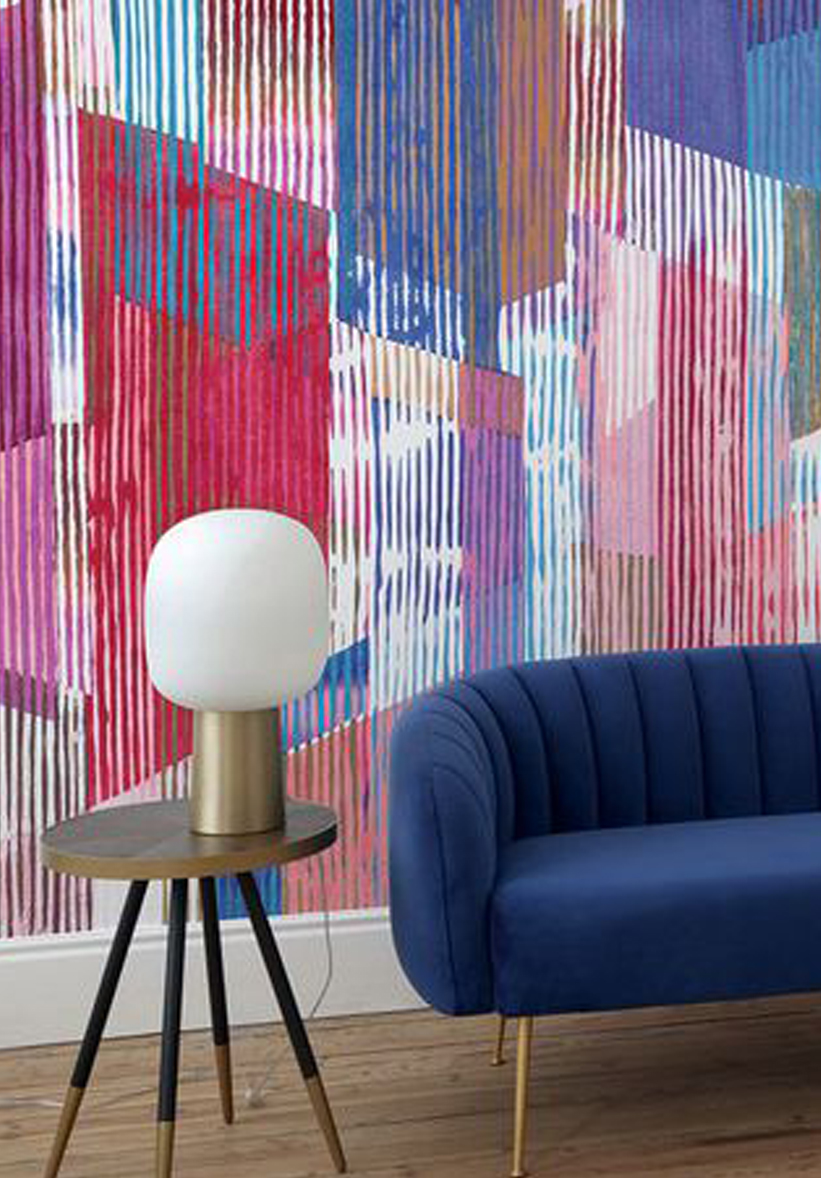
Post Modernism.
1980′S Post Modernism
When it comes to the 80′s, think loud. Just like the fashion of this era, 80s interiors embraced pops of colour, bold graphics and unconventional shapes with some of these hallmarks returning to favour today. Think pastel, chintz, neon, vertical blinds, pop art, brass, heavily swaged drapery, ditty florals, glass top tables, CD towers and big black or silver multi component stereos on display.
Pattern:
Playful with bold geometrics, free-hand doodled abstracts, versus country florals, preppy blue and white stripes depending on whether you embraced the modern 80’s aesthetic of Miami Vice or a new causal country style of the highly influential high street brand Laura Ashley.
Colour:
White and beige, often mixed in with pink and turquoise (thanks Miami Vice), neon pink and purple, pastels like mauve and sea foam, stronger tones like teal and coral (remember the coral bathrooms?), forest green, black and white, indigo, cream.
Materials:
Glass, powder coated metals, brass and chrome forms, leather, cotton chintz, velour and velvet, cotton, mirror and natural woods feature.
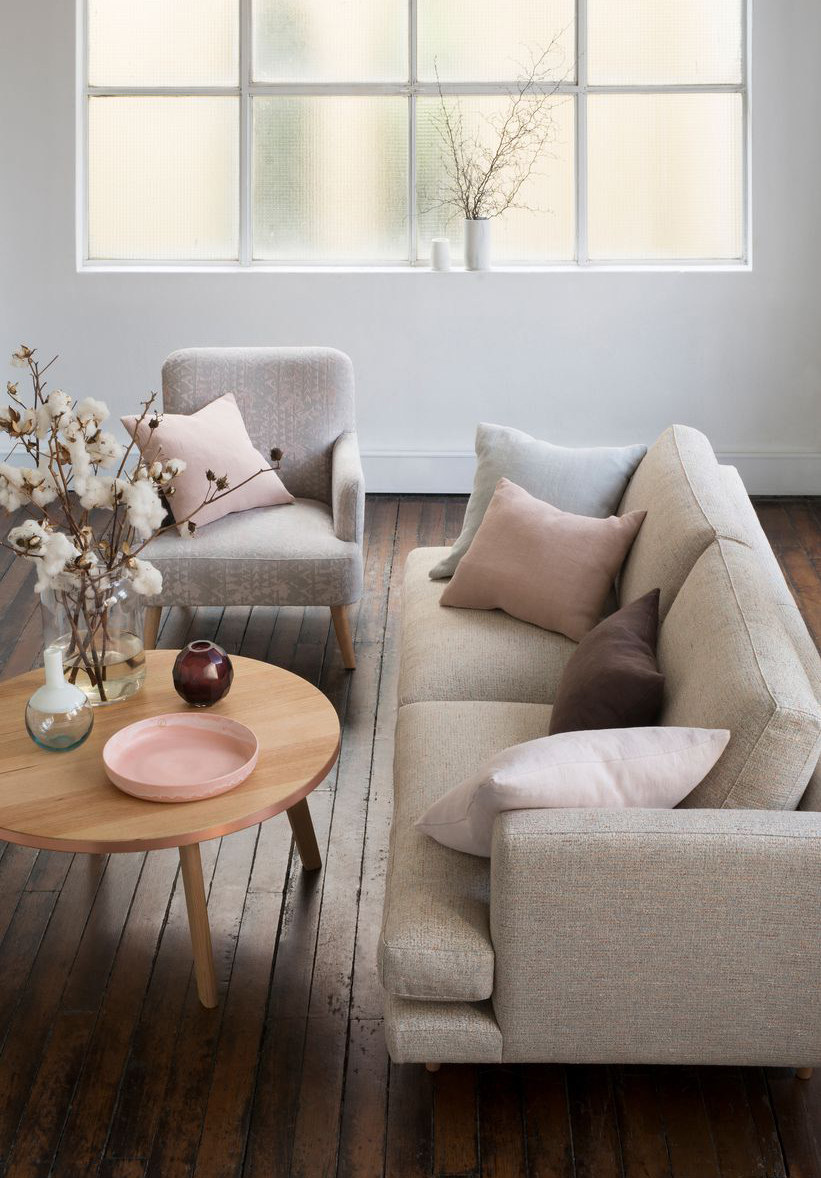
Neutral Minimalism.
1990′S Neutral Minimalism.
The nineties reacted to the previous bold and flashy eighties era embracing a more minimal design style heralded by Terence Conran’s influence via his interior design publications and iconic London store. This new minimalism championed open plan living with kitchens and relaxed living spaces forming the central hub of a home, eschewing closed formal lounges and dining rooms. Interior spaces became light and relaxed, mixing natural timbers, white walls, large windows and contemporary yet comfortable furniture. This more modern lifestyle was also influenced by Scandinavian design, an influence which has remained to this day.
Colour:
Whites, taupes, browns formed the base of palettes with accents shades and feature walls in aubergine, chartreuse and cobalt blue.
Pattern:
Patterned textiles and wallpaper became relegated to accessories or feature items. Plain textiles and paint dominated this decade, as a reaction to the previous era’s abundance of pattern.
Materials:
Light timbers, sand blasted glass, polished concrete, brushed stainless steel, brushed cotton, suede, leather, faux suede. This decade also embraced technology, represented by synthetic versions of natural fabrics. In particular faux suede and silk draperies woven using polyester yarns are more widely available and affordable, becoming the best-selling textiles of the nineties.
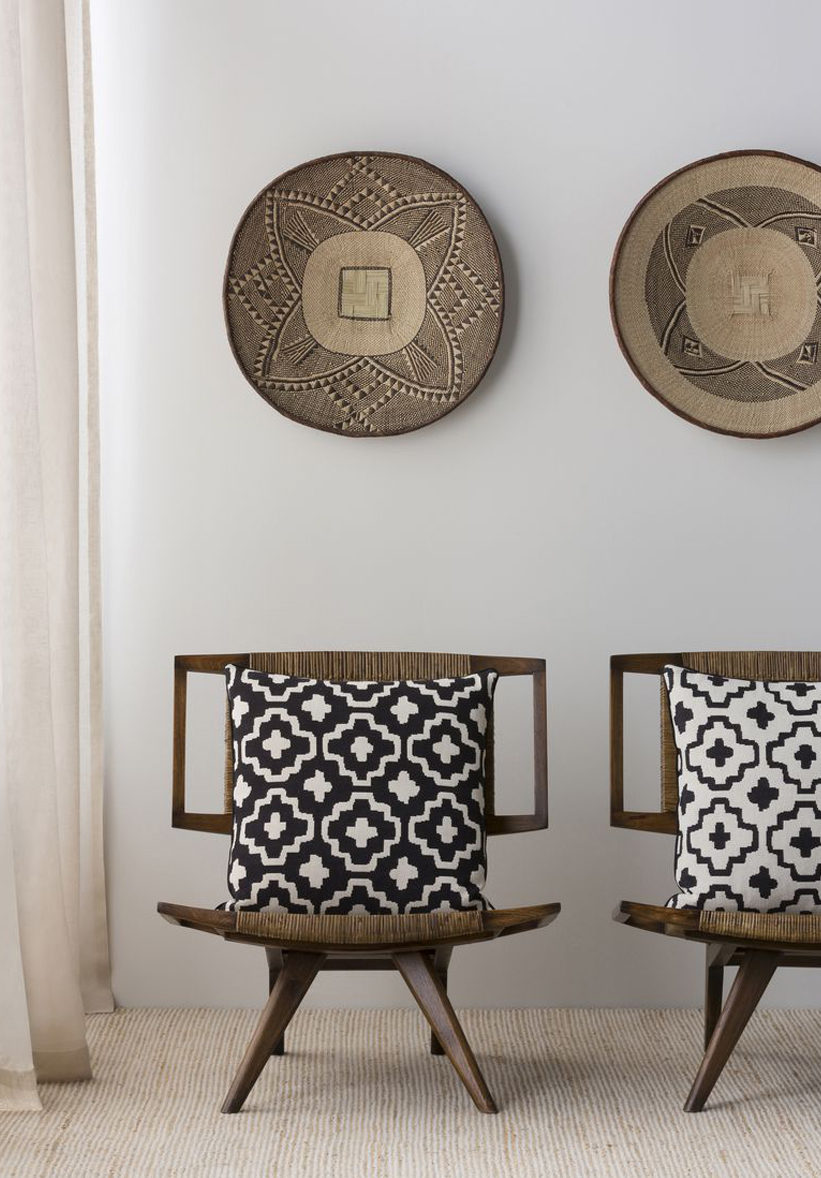
Global Design.
2000′S Global Design
The interior design industry entered the new millennium with a new confidence and desire for self-expression. With the advent of the internet and reality TV, consumers were bombarded with design and DYI inspiration, along with travelling far more than ever, design influences became broader and more global. Danish design continued to extend its reach, spearheaded by the global retailer juggernaut IKEA, which expanded into new markets.
Colours:
Neutrals remain dominate with white and grey based neutral shades while brown and warm cream tones retreated.
Pattern:
Printed Ikat effects and cultural inspired textiles lead the way, reflecting global travel.
Materials:
Natural timbers, marble, granite, terrazzo, brass, copper, bricks, linens, velvet, outdoor textiles.
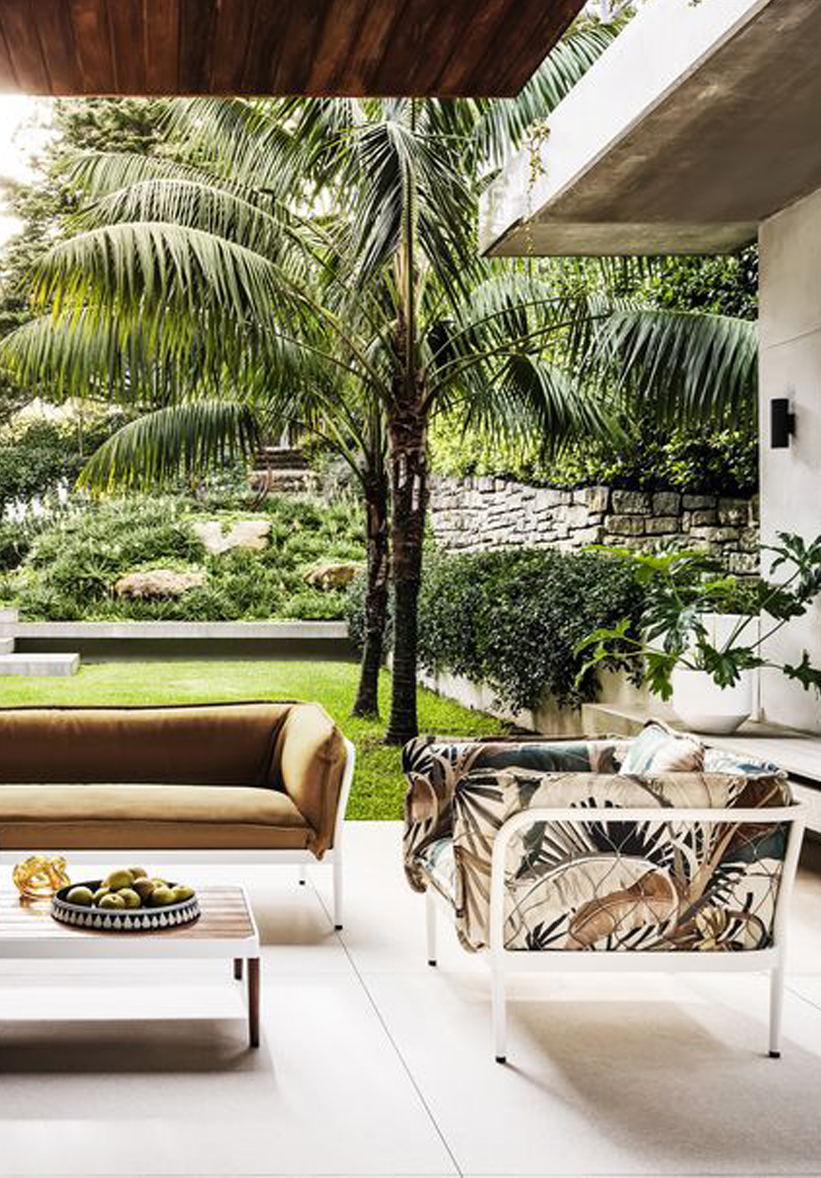
Responsive Design:
2010-2020 – Responsive Design
Homes continue to become more causal and contemporary, with holiday and resort style locations heavily influencing consumer’s interiors. The desire to create a calming sanctuary within the home and the increased importance on health and wellbeing add to the popularity in comforting and tactile textiles and furnishings and indoor plants. Outdoor fabrics become an entirely new product category, previously relegated to boating. The sales of solution dyed textiles increase year on year propelled by the popularity of indoor/outdoor living.
Colour:
Feminine shades of millennial pinks, nature inspired greens and blue with terracotta and brown/clay based tones increasing in popularity.
Pattern:
Tropical design and botanical prints become prevalent, and the maximalist aesthetic with a ‘more is more’ approach is more evident this statement wallpapers against bold fabrics.
Materials:
Timbers, rattan, natural fibres especially linen, heavily textured natural weaves or synthetic versions that replicate natural fibres. Outdoor textiles increase in popularity due to advances in synthetic constructions. Velvets are as popular as ever.
As showcased above, the history of interior design and the major trends that popularize each of the decades offers interior designers and homeowners alike, limitless creativity and inspiration in which to approach their interior projects. Design is ever-changing while taking cues from elements of the past, and the next decade will no doubt see a greater level of priority in the areas of wellbeing and creating a sanctuary in the home in which to live and work.
dollar curtains + blinds has specialised in crafting custom made window coverings in Melbourne for over 50 years. Contact us today, visit a store or book a free design, measure and quote. Our Interior Consultants can help you to make the perfect choice.



